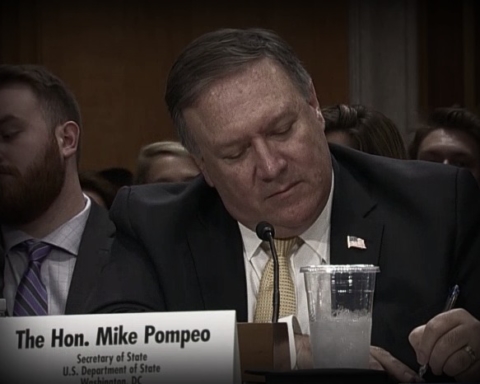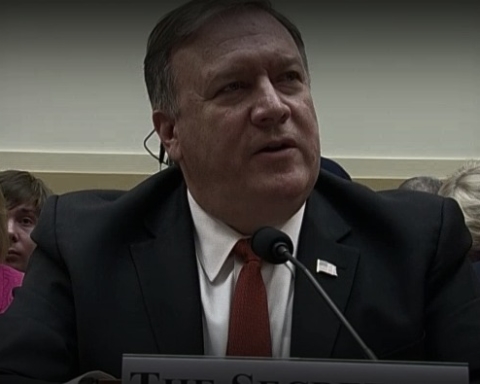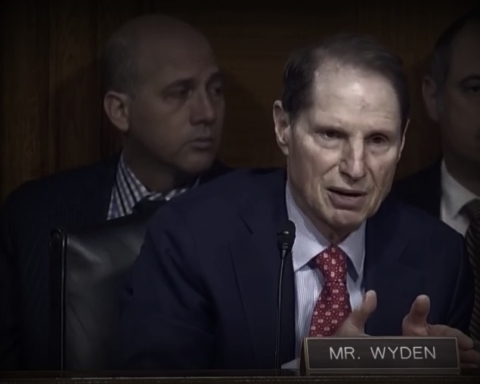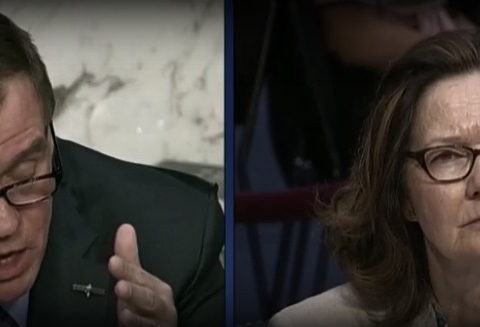President Obama’s timetable for withdrawal from Afghanistan was tested on Thursday, when the commander of American troops there questioned its viability before the Senate Armed Services Committee.
Gen. John Campbell said that administration plans to reduce the number of US fighters in Afghanistan to 5,500 by the start of next year is “based on certain assumptions” that may or may not hold.
“If the Afghans cannot improve,” Campbell cautioned, “we’re going to have to make some adjustments and that means that number will most likely go up.”
Right now more than 10,000 US troops are still deployed to Afghanistan, in what has become the nation’s longest running war. Their mission has two primary objectives: counterterrorism, and the training of local security forces.
By the end of the year, the administration is hoping that the Pentagon can focus on the former, but reports indicate the Afghans might not be ready to lead. The Special Inspector General for Afghanistan Reconstruction (SIGAR) found last July that the Afghan National Defense and Security Forces were “less capable than last quarter.”
President Obama has backed off of promised Afghanistan withdrawal timetables–most recently, in October, when he set 2017 troop levels at 5,500. He had previously planned to cut troop levels to 1,000 by the end of this year, but decided against it after a year in which a resurgent Taliban made gains on the battlefield.
Gen. Campbell told the committee that the administration settled on 5,500 after “a long process that the military was tied into.”
Alongside the questions over future US troop levels in Afghanistan, there has also been uncertainty about the length of the Pentagon’s mission in the country. The Washington Post reported last month that national security officials are “increasingly” warming to the idea of keeping US troops in Afghanistan “for decades.”








